Philippines has everything, tourists still travel to Vietnam and Thailand
An article is "causing a storm" on Philippine social media, causing many people in this country to debate fiercely. The content of the debate is related to the fact that the Philippines only ranks 7th in the number of international visitors in the Southeast Asian region.
Many say poor infrastructure, high costs and limited accessibility are the main reasons, while experts say the country is quietly shifting towards a more sustainable, high-quality tourism model.
The storm of controversy stemmed from a post by content creator Thea Tan earlier this month that made a lot of headlines.
Boracay has become the pride of Philippine tourism for many years (Photo: Trip).
"The Philippines has everything that other countries dream of. Beautiful beaches, vibrant culture, great food and the friendliest people. So why do tourists still choose Vietnam, Thailand and Bali (Indonesia) instead of us?", part of the article stated.
Content creator Tan cited data from Vietnam-based travel analytics firm Outbox showing that in the first four months of this year, the Philippines welcomed only 2.1 million international visitors, while the total number of visitors to Southeast Asia was 48.5 million.
Malaysia leads the way with 13.4 million arrivals, followed by Thailand with 12.09 million and Vietnam with 7.67 million, according to official figures from the countries. For the whole of 2024, the Philippines recorded 5.9 million arrivals – lower than Cambodia (6.7 million) and falling short of the government ’s target of 7.7 million.
With these figures, Tan admits that the Philippines cannot yet become a priority destination in the ASEAN bloc. She believes that international visitors here are tired because of poor infrastructure and difficult travel.
Besides, even Filipinos find domestic travel expensive, let alone foreigners.
The post immediately received widespread approval. Many social media users criticized the high prices and lack of accessibility in the country.
However, this has also caused a strong reaction in the context of top destinations in the Philippines such as Boracay and Palawan still appearing regularly on global rankings.
Many Filipinos are worried when seeing the number of international tourists flocking to Thailand and Vietnam recently (Illustration photo: Trung Thi).
In 2024, Boracay was also named “World's Leading Luxury Island Destination” at the 2024 World Travel Awards.
However, the number of visitors to the Philippines in the first four months of this year was still 26% lower than the pre-pandemic period, largely due to a decline in visitors from South Korea, the country’s largest tourism market.
An estimated 468,330 South Korean tourists visited the Philippines between January and April this year, down 18 percent from the same period last year.
Chinese arrivals have also dropped sharply. Last year, only 300,000 Chinese tourists visited the Philippines – far below the Department of Tourism’s target of 2 million.
Tourism Minister Christina Frasco said the reason was increased geopolitical tensions and the suspension of e-visas for Chinese citizens.
“No one could have predicted that geopolitical factors would affect the number of tourists from China to this extent. Especially when we suspended the issuance of e-visas. This is completely contrary to the policies of neighboring ASEAN countries,” she said.
Redirection is not regression?
However, experts warn against looking solely at the number of visitors to judge the effectiveness of the tourism industry.
Professor Edieser dela Santa at the Asian Tourism Institute of the University of the Philippines said that this has many people worried because the Philippines had previously surpassed some ASEAN countries such as Indonesia and Vietnam. However, up to now, even Cambodia - a country that started developing tourism later - has surpassed it.
The professor added that the fact that only 5.9 million visitors were reached, lower than the target of 7.7 million visitors, disappointed the public.
Meanwhile, Eylla Gutierrez, executive director at the Asian Institute of Management and a tourism researcher, said it was equally important to look at tourism revenue and the overall value that visitors bring.
In Baguio City in the northern Philippines, tourism accounts for 25% of the local GDP. Gutierrez said policymakers are beginning to understand that visitor numbers do not tell the whole story. The slowdown could signal a shift in the country’s tourism strategy.
“Post-pandemic, the Philippine tourism industry is being reoriented, away from quantity and more towards quality, responsibility and sustainability,” she said.
The new strategy focuses on attracting conscious, high-spending travelers who are willing to engage with local communities, in line with the global trend toward recovery and sustainable development in tourism, according to Ms. Gutierrez.
She cited that Philippine tourism revenue in 2024 surpassed pre-pandemic levels, reaching a record 760 billion pesos (about $13.2 billion), a figure that shows that visitors are spending more and the trend of high-quality tourism is gradually taking shape.
This is also to avoid a repeat of the “tragedy” of Boracay in 2018. At that time, the island was forced to temporarily close due to over-exploitation of tourism, causing serious environmental pollution such as direct discharge of waste into the sea.
However, Professor Santa also pointed out a number of weaknesses that have made the Philippines recover more slowly than its neighbors. Factors include limited access to major markets, limited direct international flights from Manila airport, and only one European airline flying directly to the capital. Meanwhile, cities such as Paris, London and Rome all have weekly direct flights to Bangkok.
Even in key markets, the Philippines has fewer flights than its competitors. Secondary domestic destinations are also difficult to reach due to limited airport capacity. Many are not even qualified to receive international flights.
Finally, Ms. Gutierrez emphasized that to elevate Philippine tourism, a whole-of-society effort is needed, including upgrading infrastructure, increasing connectivity, effectively managing destinations, investing in skills training, and ensuring local communities benefit from tourism.
Dantri.com.vn
Source: https://dantri.com.vn/du-lich/nguoi-dan-philippines-tranh-luan-vi-sao-du-khach-thich-du-lich-viet-nam-20250702212819576.htm



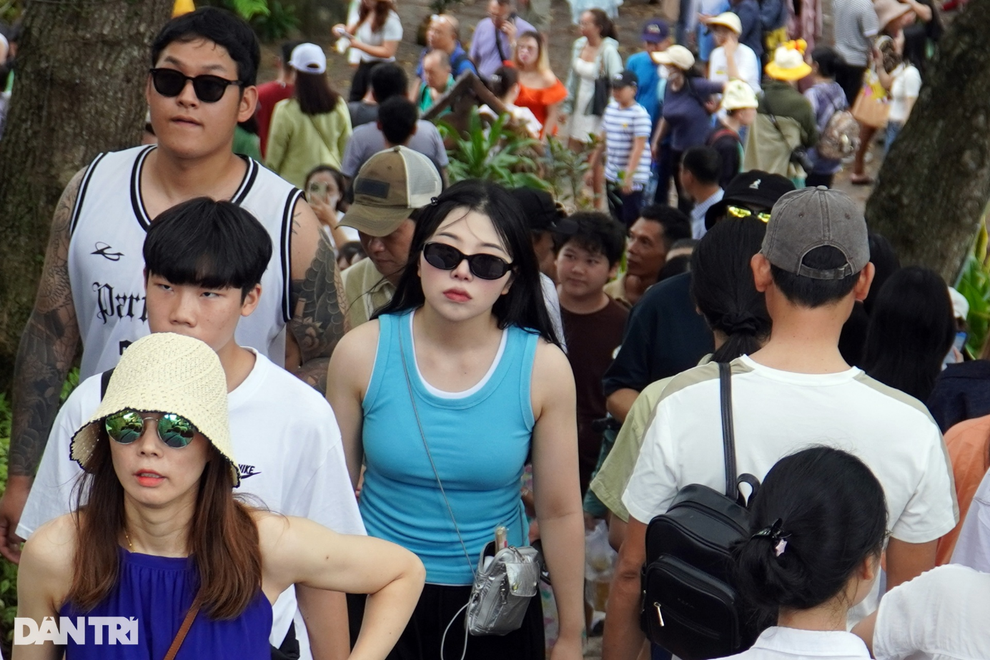



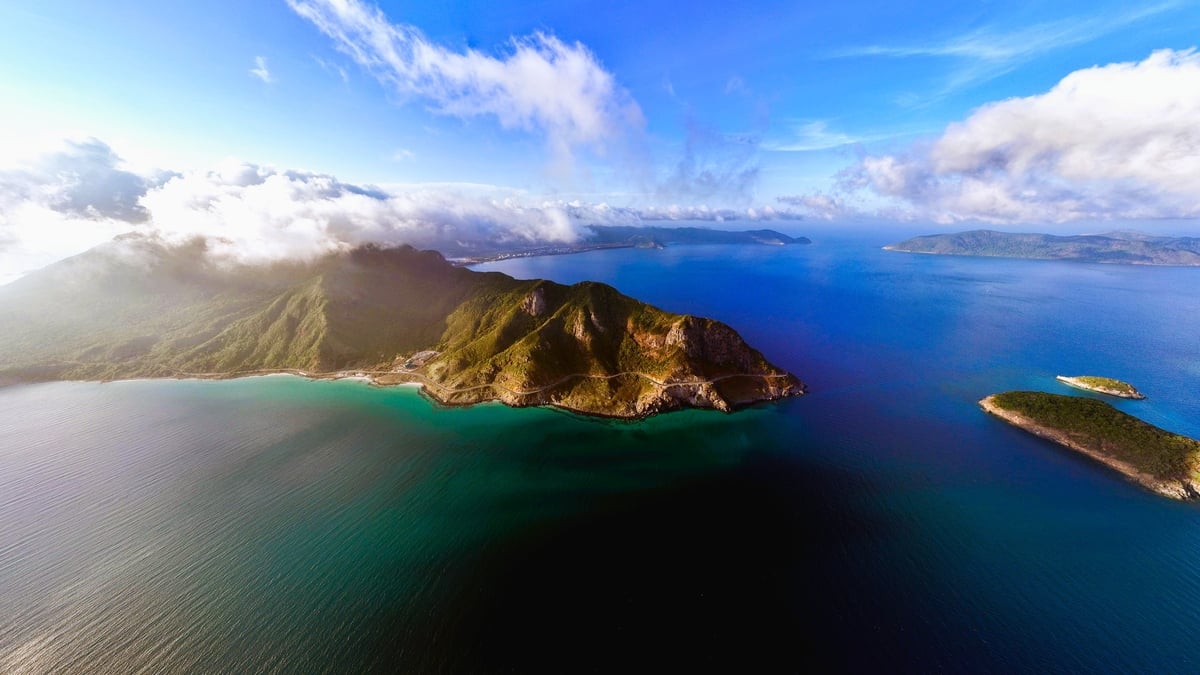
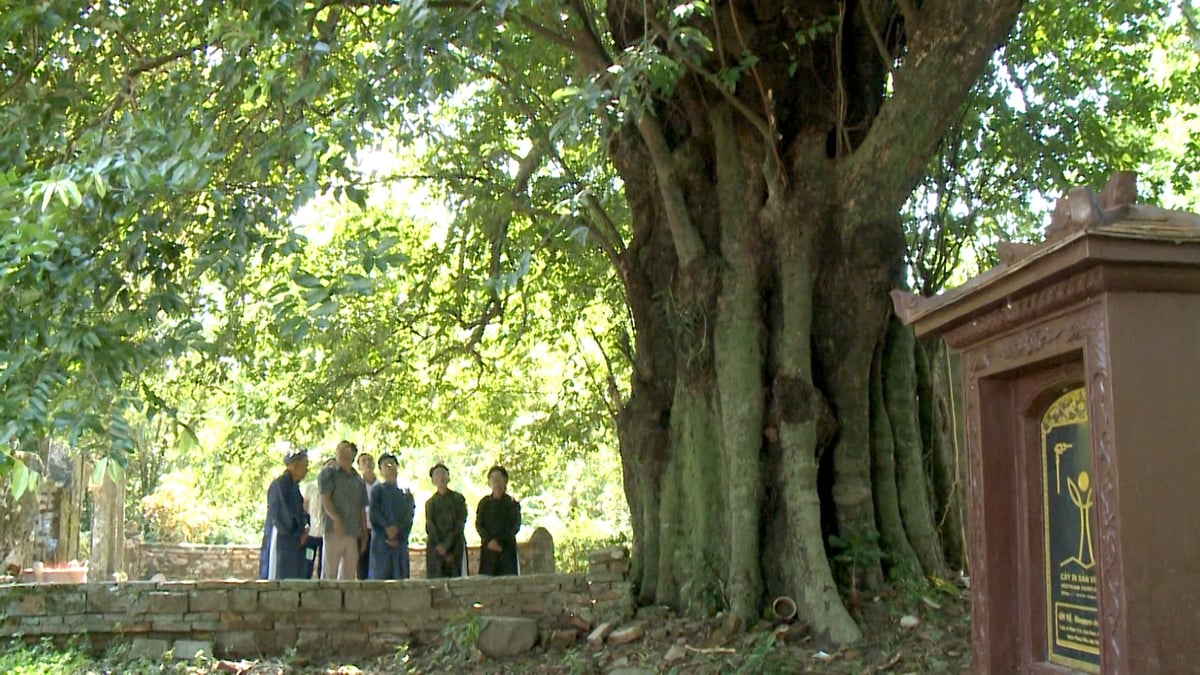















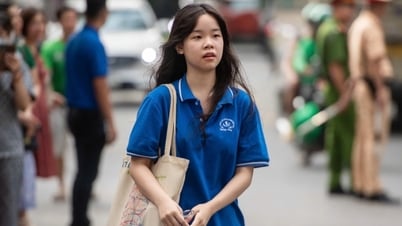
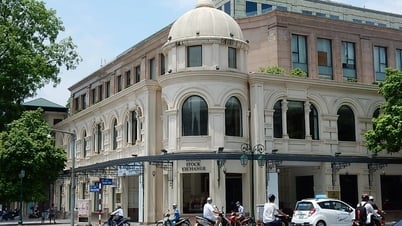


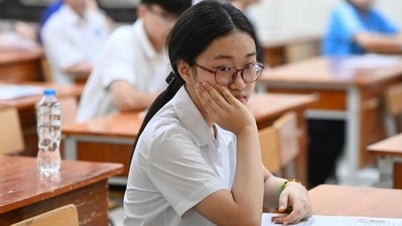

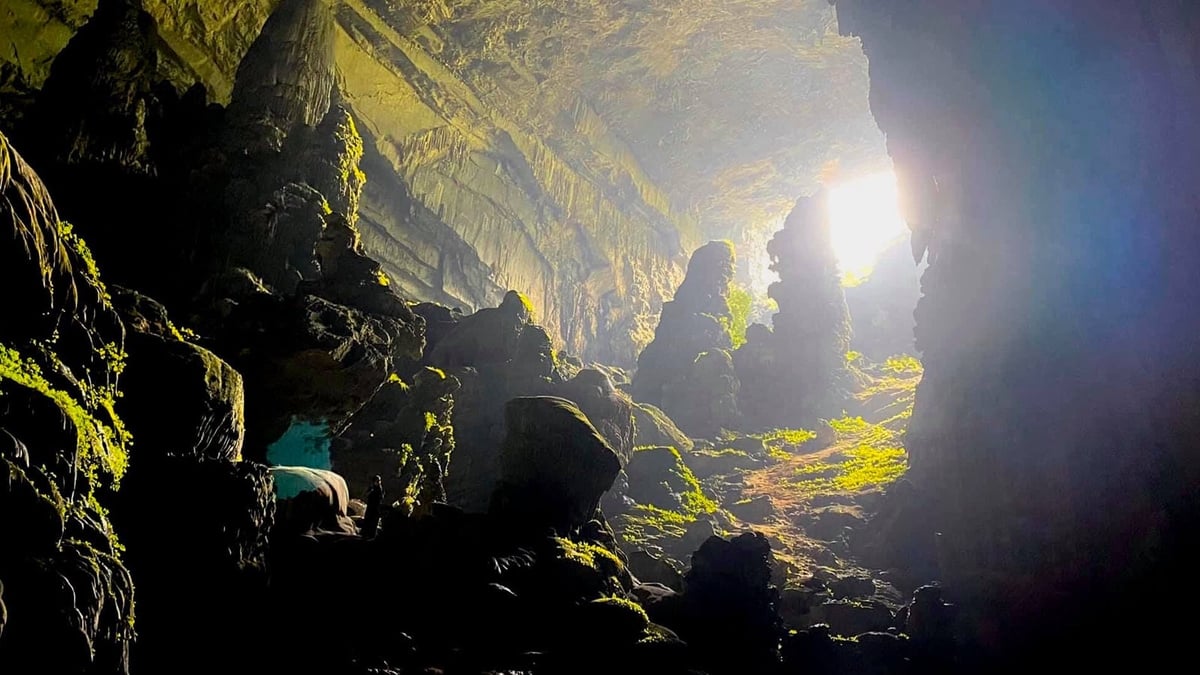





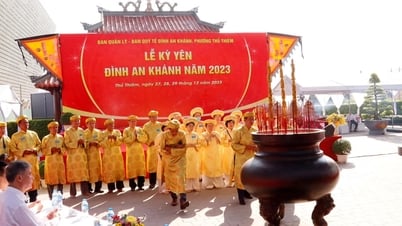

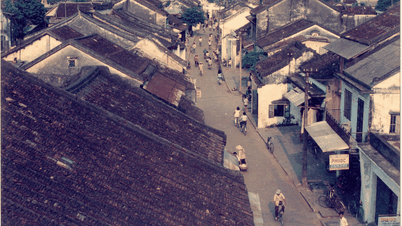








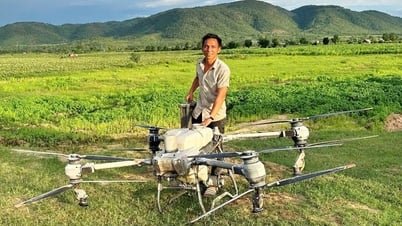







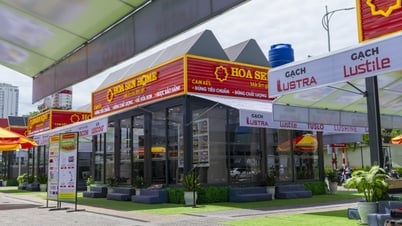




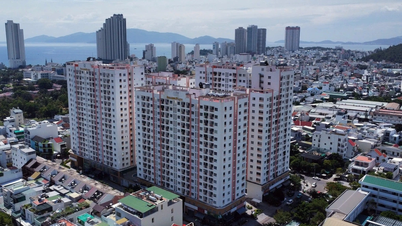
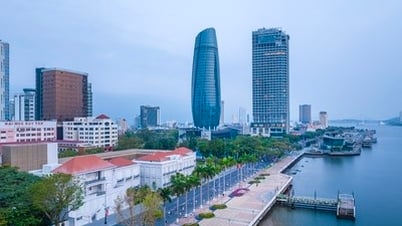

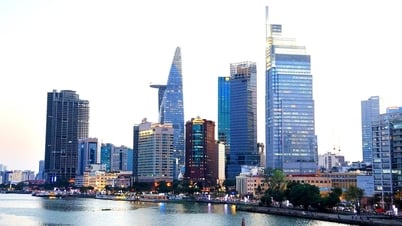

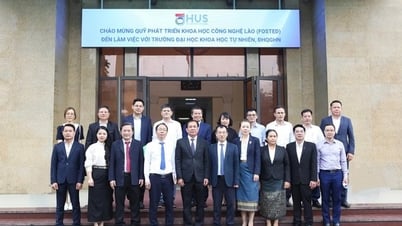






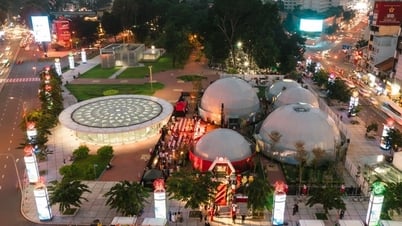






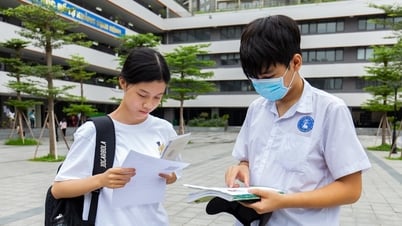







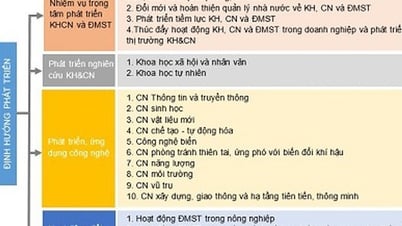

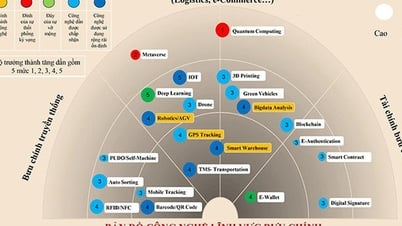





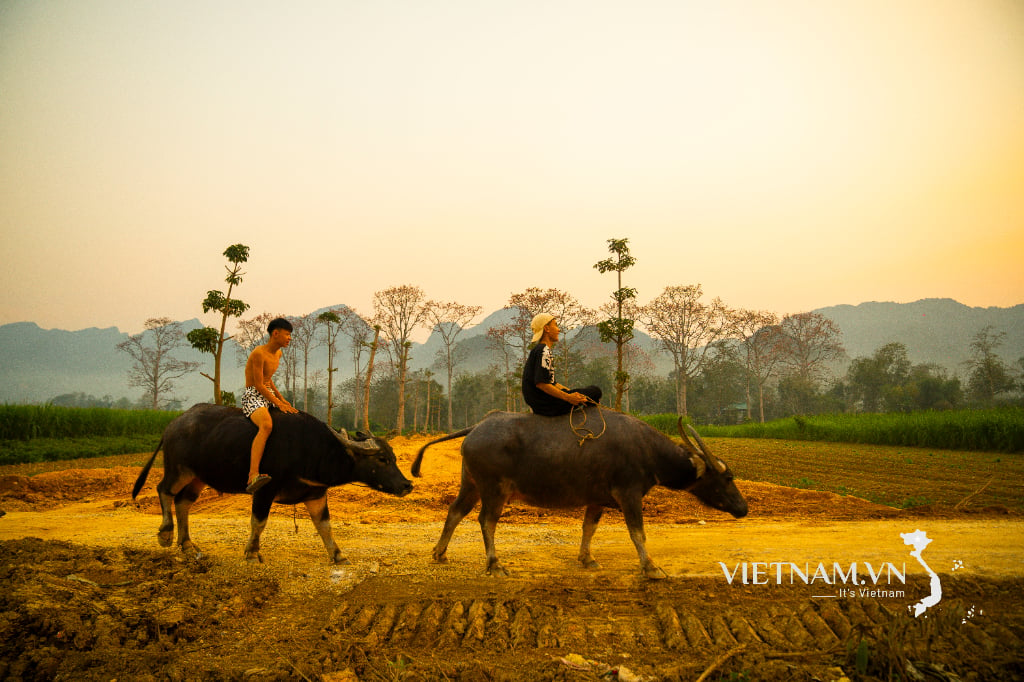
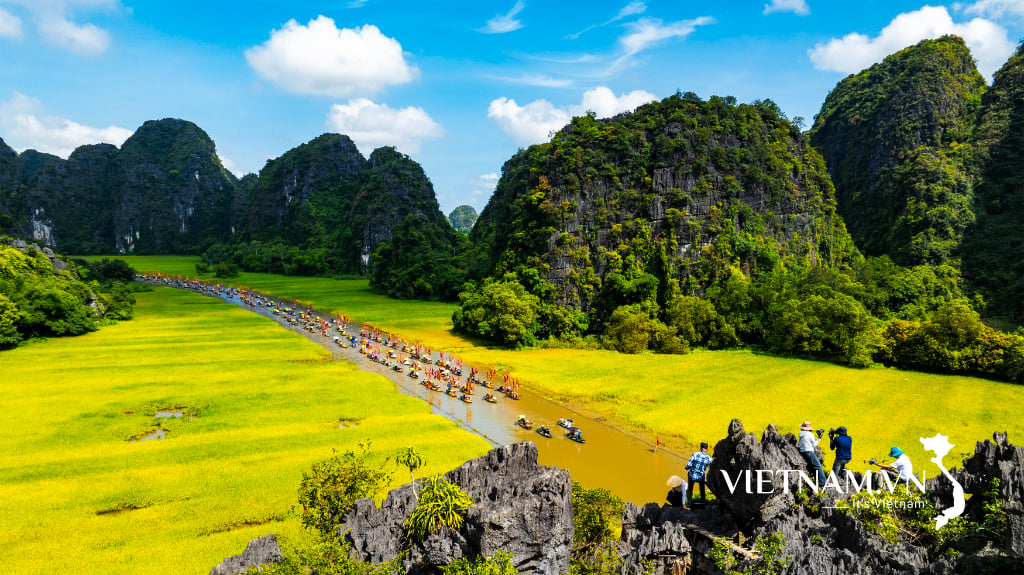
Comment (0)